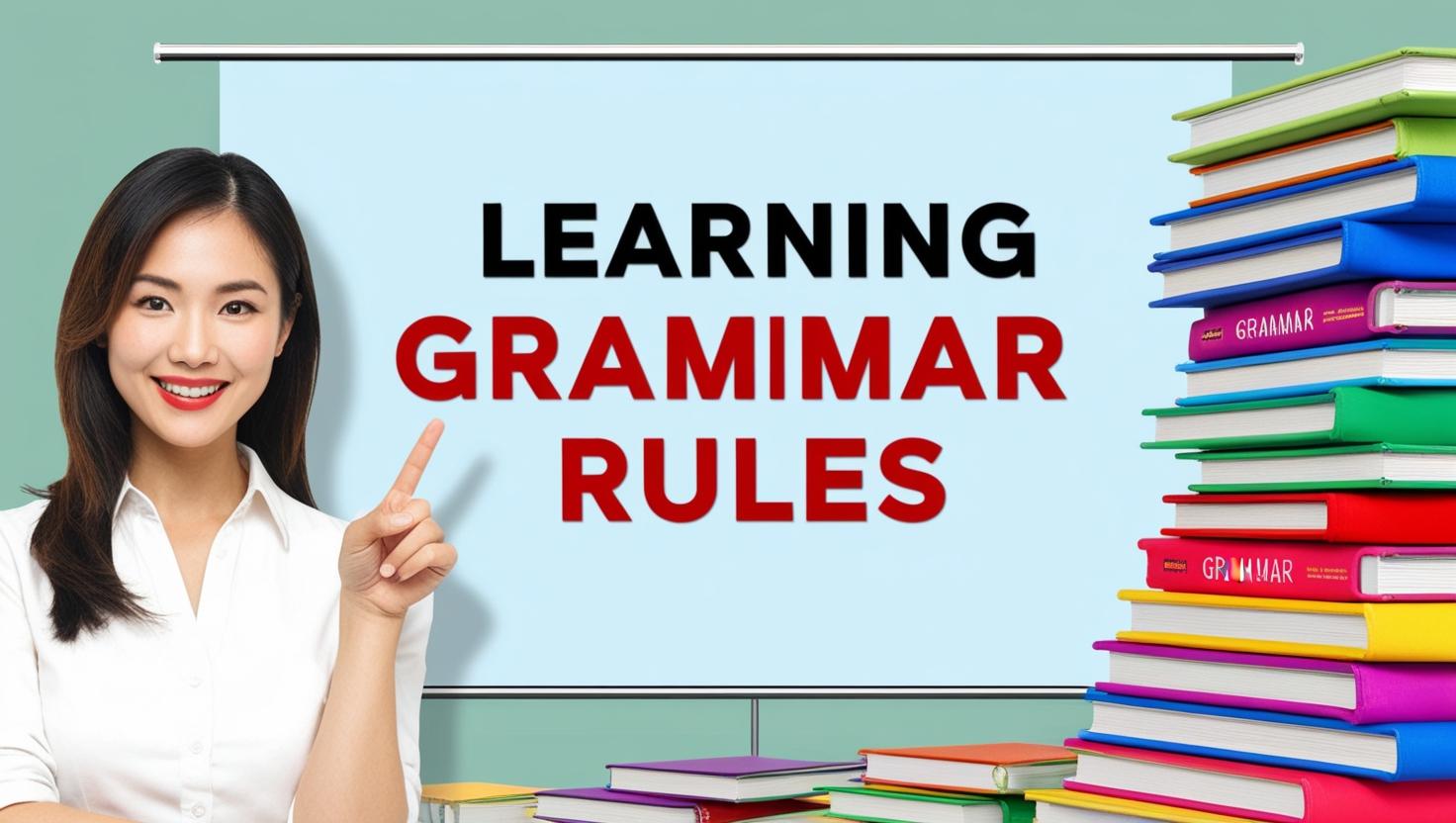Introduction
Grammar is the foundation of any language, providing the structure and clarity needed for effective communication. For teachers, mastering grammar is crucial not only for personal proficiency but also for imparting knowledge to students. This blog explores strategies to learn and use grammar rules effectively, enhancing both teaching and communication skills.
Understanding the Basics
The first step in mastering grammar is to understand the fundamental rules. These include subject-verb agreement and proper sentence structure. Here are some key points to consider:
1. Subject-Verb
Agreement: Ensure that the subject and verb in a sentence agree in number (singular or plural). For example, “She runs” (singular) versus “They run” (plural).
2. Sentence Structure:
Construct sentences with a clear subject, verb, and object. For example, “The cat (subject) chased (verb) the mouse (object).”
Practical Application
Understanding grammar rules is one thing, but applying them in real-life situations is another. Here are some practical tips:
1. Reading and Writing:
Regular reading and writing can significantly improve your grammar. Pay attention to sentence structures, punctuation, and word usage in the texts you read.
2. Practice Exercises:
Engage in grammar exercises and quizzes. Websites like Grammarly and Purdue OWL offer excellent resources for practice.
3. Teaching:
As a teacher, explaining grammar rules to students can reinforce your own understanding. Use examples and interactive activities to make learning fun and effective.
Advanced Techniques
Once you have a good grasp of the basics, you can move on to more advanced techniques:
1.Complex Sentences:
Learn to construct complex sentences using conjunctions, relative clauses, and transitional phrases. For example, “Although it was raining, we decided to go for a walk.”
2. Advanced Punctuation:
Master the use of advanced punctuation marks such as semicolons, colons, and dashes. These can add clarity and variety to your writing.
3. Idioms and Phrases:
Incorporate idioms and advanced phrases into your vocabulary. This not only enhances your language skills but also makes your communication more engaging.
Tips for Effective Language Learning
Understanding how the human brain learns languages can provide valuable insights into effective language learning strategies:
1. Repetition and Practice: The brain learns through repetition. Regular practice helps reinforce new grammar rules and vocabulary.
2. Contextual Learning: Learning grammar in context, rather than in isolation, makes it easier to remember and apply. For example, learning grammar through reading stories or articles.
3. Active Engagement: Engage actively with the language by speaking, writing, and thinking in English. This helps in internalizing grammar rules and improving fluency.
Conclusion
Mastering grammar is a continuous process that requires dedication and practice. By understanding the basics, applying them in practical situations, and advancing to more complex structures, you can significantly improve your grammar skills. As a teacher, this not only enhances your own proficiency but also enables you to provide better guidance to your students. Remember, the key to effective language learning is consistent practice and active engagement.


